
Science fiction seems to be coming true with the finding of a planet circling a star famously connected to Vulcan, Spock’s homeworld in Star Trek. Is it, however, only coincidental? Keep reading to find out if this fascinating real-life discovery relates to the legendary Star Trek universe and how.
The Star HD 26965
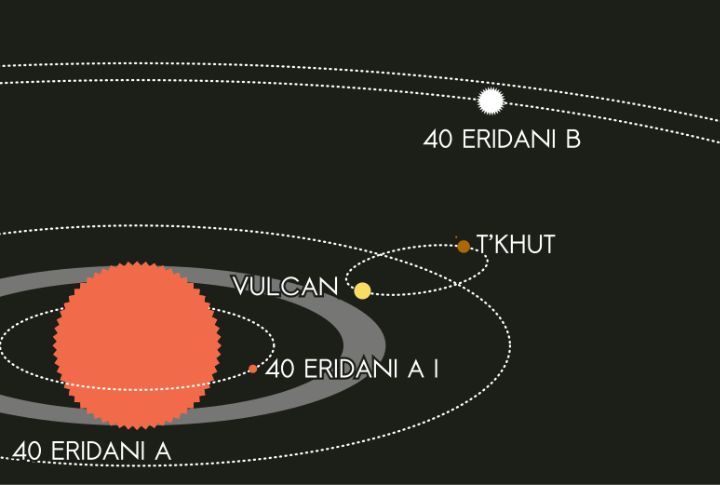
The star HD 26965—also called 40 Eridani A—is not your typical star; it is only 16 light-years from Earth. This orange dwarf star served as the model for the location of Vulcan in Star Trek. Nowadays, scientists and fans alike are drawn to it because of its relevance, transcending fiction.
Discovery of the Planet

By monitoring variations in the star’s brightness, which suggested the gravitational attraction of an orbiting planet, researchers first believed they had discovered a planet around HD 26965. At this point, it appeared as though science fiction and reality were merging, turning a made-up universe into a plausible parallel one.
Connection to Star Trek

In 1991, three Harvard astrophysicists helped Gene Roddenberry, the man behind Star Trek, establish a connection between 40 Eridani A and the sun of Vulcan. But when examined more closely, does this relationship hold up? According to recent research, the relationship between Star Trek and actual science may be more complicated than previously thought.
What is Vulcan?
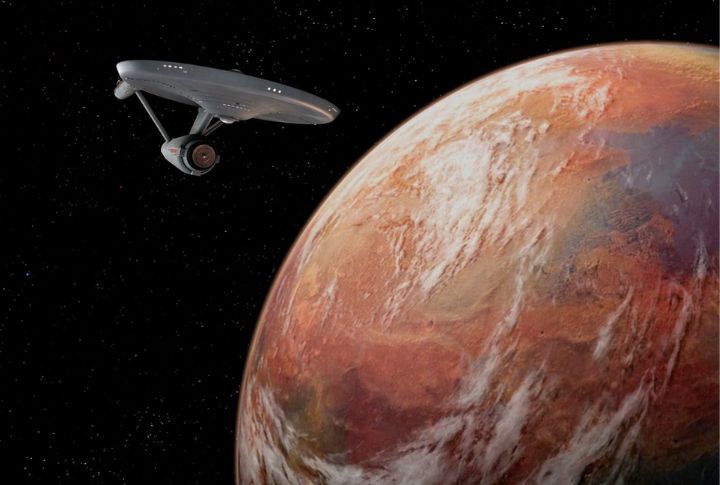
In Star Trek, Vulcan represents reason, harmony, and sophisticated civilization. The planet is shown as a world resembling a desert that circles 40 Eridani A. The current finding is fascinating because followers have been engrossed in this imagined universe for decades. Is Star Trek’s Forecast right on target?
Characteristics of the New Planet
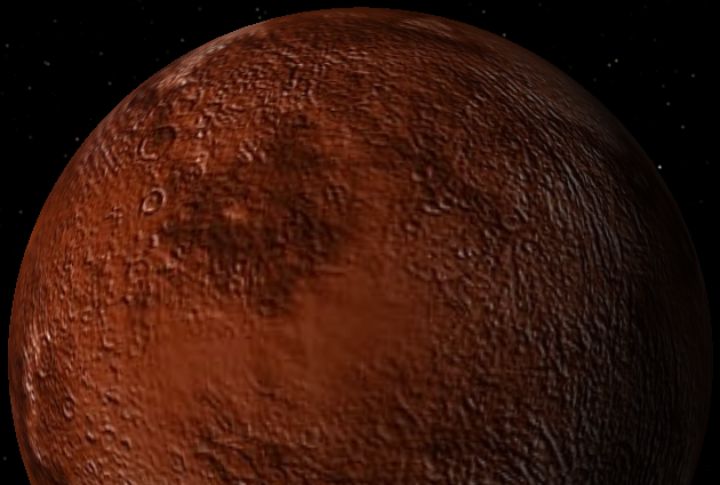
The discovered planet, circling HD 26965, completed its cycle in 42 days and was estimated to be about twice the size of Earth. Hosted in the star’s habitable zone, where liquid water might exist, its features excited researchers, who were ready to investigate its possibilities for supporting life.
The Science Behind the Discovery

Researchers applied the radial velocity approach to detect small wobbles in HD 26965’s light resulting from the circling planet. This method is crucial for finding exoplanets, letting scientists find worlds that may otherwise go undetectable. The accuracy of the technique allows one to discover far-off worlds similar to this one.
Star Trek Accurate?
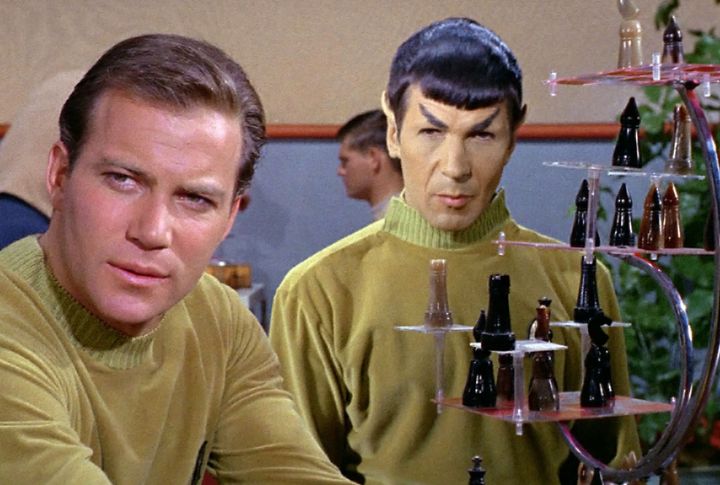
The 2018 discovery of a “super-Earth” at 40 Eridani A was celebrated as proof of Star Trek’s prophecy. However, a 2023 study revealed that what was considered a planet was just activity from the star itself. As a result, the planet Vulcan is a myth, though 40 Eridani A remains linked to Star Trek.
Theory of the Habitable Zone

Conditions in this zone are said to allow liquid water to exist, and this increases the excitement created by the discovery. Could it support life? Is humanity about to get another home? This particular element offered another level of mystery, elevating this revelation above mere Star Trek mythology chance.
Understanding Super-Earths

The putative planet was classified as a “super-Earth,” meaning it was bigger than Earth but smaller than Neptune. These planets range significantly in composition, from gas giants to stony surfaces. The existence of this planet is still up for debate, though, given the latest discoveries.
Potential for Life on the Planet

Since the planet was supposed to be in the habitable zone of its star, if it had existed, it would have raised questions about the existence of life. However, any conjecture regarding life there remains just that—speculation—in the absence of other proof.
NASA’s TESS Satellite
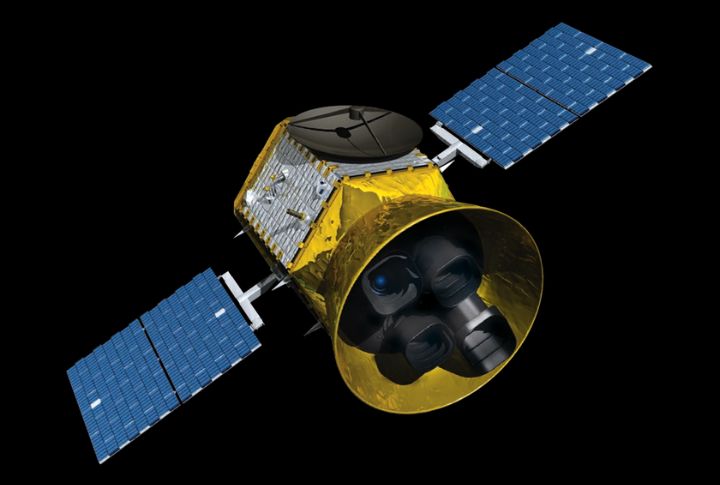
The first finding was primarily made possible by NASA’s TESS satellite. By watching for transiting stars, TESS finds planets and provides important information about their properties. Even if the Earth doesn’t exist, further investigations might provide further insight into this star system.
Star Trek’s Influence on Real Science
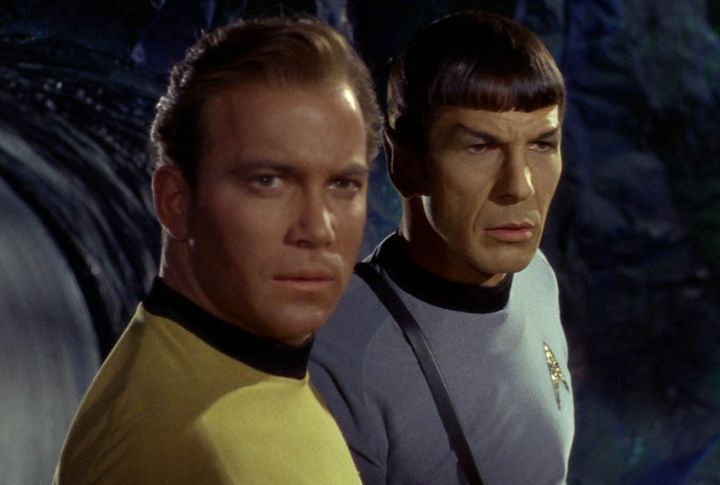
Star Trek inspired real-world technology, like flip phones, which appeared in the show thirty years before Motorola created them. While not every prediction becomes reality, Star Trek drives innovation, motivating scientists to explore new frontiers even when the line between fiction and science isn’t always clear.
What Next?

The study of 40 Eridani A and similar stars will continue in the future. With state-of-the-art telescopes and future expeditions, scientists can learn more about these far-off planets and expand our knowledge of the cosmos. Once they confirm everything, plans to start the planet’s exploration might begin.
Impact on Astronomy

Star Trek’s influence on space science extends beyond fictional planets like Vulcan. In the 1970s, fans successfully campaigned to rename NASA’s shuttle prototype “Enterprise.” Astronauts like Mae Jemison, inspired by the show, even appeared on Star Trek, showing how its legacy inspires real-world space efforts.
Where Sci-Fi Meets Reality
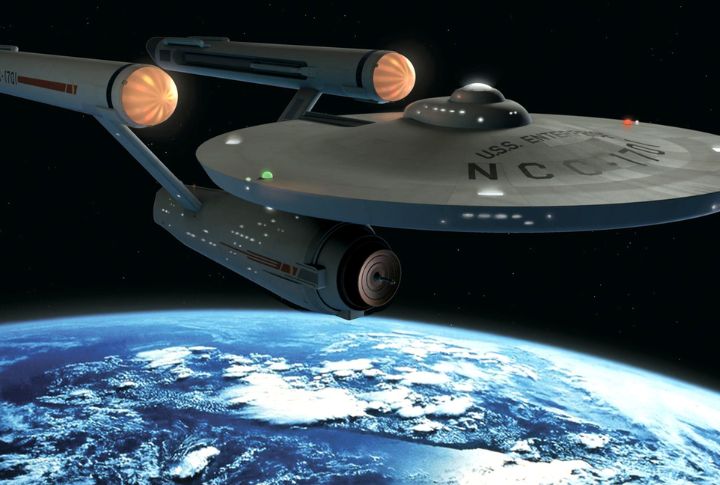
This episode highlights the intriguing nexus between science fiction and reality. Though it started as a fictitious notion in Star Trek, the idea still motivates scientific research and serves as a reminder that fact and fantasy may occasionally blend.

